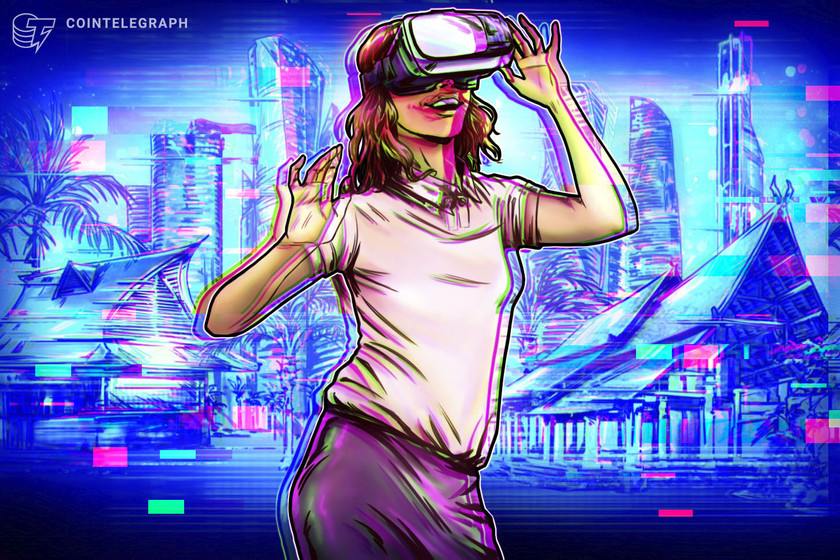Ready Player One gave us the misconception that the Metaverse is VR — Everyrealm CEO, KBW 2022


Steven Spielberg’s “Ready Player One” presents an unrealistic glimpse into life in the metaverse, Everyrealm CEO Janine Yorio told an audience in Seoul.
Everyrealm CEO Janine Yorio has dispelled misconceptions that the Metaverse can only be presented “exclusively in VR.”
Speaking on Tuesday during Korean Blockchain Week 2022, Yorio told an audience in Seoul that Steven Spielberg’s Ready Player One had given us a glimpse into what life could be like if we were living in the Metaverse.
However, the movie gives us this misconception about the Metaverse because “the protagonist is wearing a VR headset,” she argues, despite most developments in the Metaverse currently being “developed for your desktop,” according to Janine Yorio.
Yorio highlighted that consumer preferences has been the reason behind this, as the way humans like to “interact with technology” is “18 inches from your face, not three inches from your face” adding that “way more people have computers than have VR headsets.”
Yorio highlighted that the idea of the Metaverse being exclusively in VR is unrealistic, saying that while Ready Player One showed us that this “immersive photo real environment” was an exciting concept, it isn’t going to happen in the “near term future,” as it isn’t how humans are used to interacting with technology.
The Everyrealm executive suggested that the Metaverse being “exclusively in VR” contradicts how humans are used to using technology, which is generally multi-tasking or used to “procrastinate,” whereas “when you’re using VR you have to check out of life entirely.”
We can expect the next “12 to 36 months” to be the most exciting time for the Metaverse, said Yorio, noting this will be the time “when a lot of the triple A gaming studios…are actually going to start building and delivering the kind of Metaverse” that people are looking forward to.
After this major shift in development happens this is when we can expect “mainstream adoption […] the moment we’re all waiting for,” she explained.
Everyrealm is a company that invests, manages and develops digital assets such as nonfungible tokens (NFTs), metaverse platforms, gaming and infrastructure. The company currently has holdings in 25 Metaverse platforms as well as owning over 3000 NFTs and managing more than 100 real estate developments.
Related: Experts clash on where virtual reality sits in the Metaverse
During the presentation, Yorio also shared Everyrealm’s project plans for the near future with a focus on fashion, as it is “one of the private primary driving drivers of commerce:”
“Metaverse users will be able to look forward to having a look-alike avatar that they can dress with clothing from different designers […] as we strongly believe that fashion will move the Metaverse forward.”
Yorio also noted that they were not prioritizing building music concerts in the Metaverse, calling the idea of concerts in the Metaverse “terrible.”
“We go to live shows to get the ‘bass’ feeling in our feet and being with friends and actually dancing and you can’t do any of that […] but the pandemic made us a little bit more forgiving of what a concert can be.”



